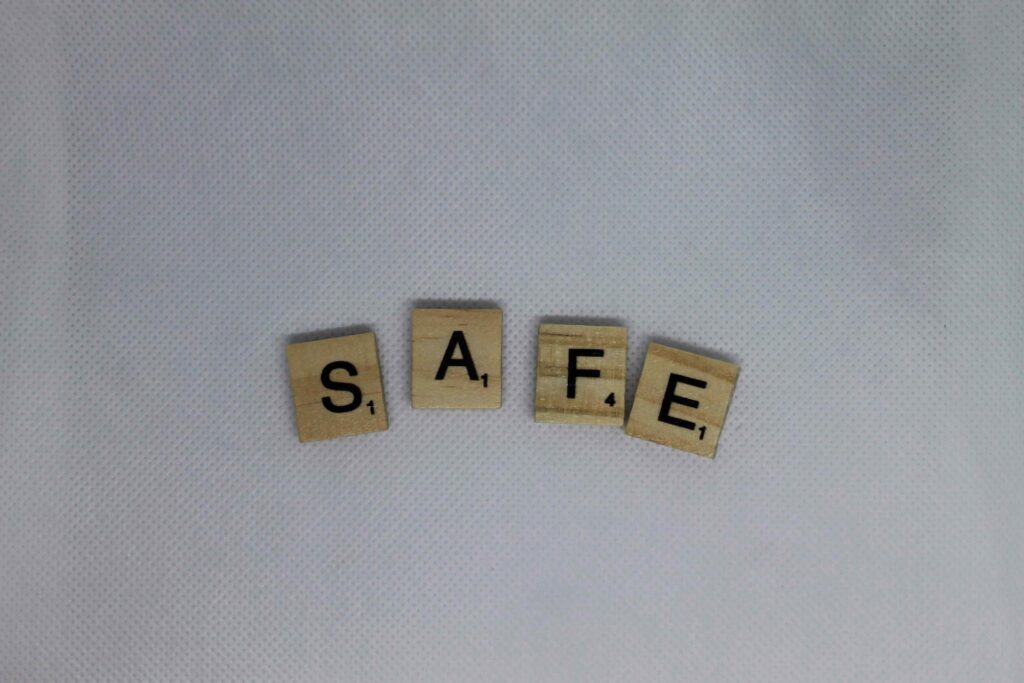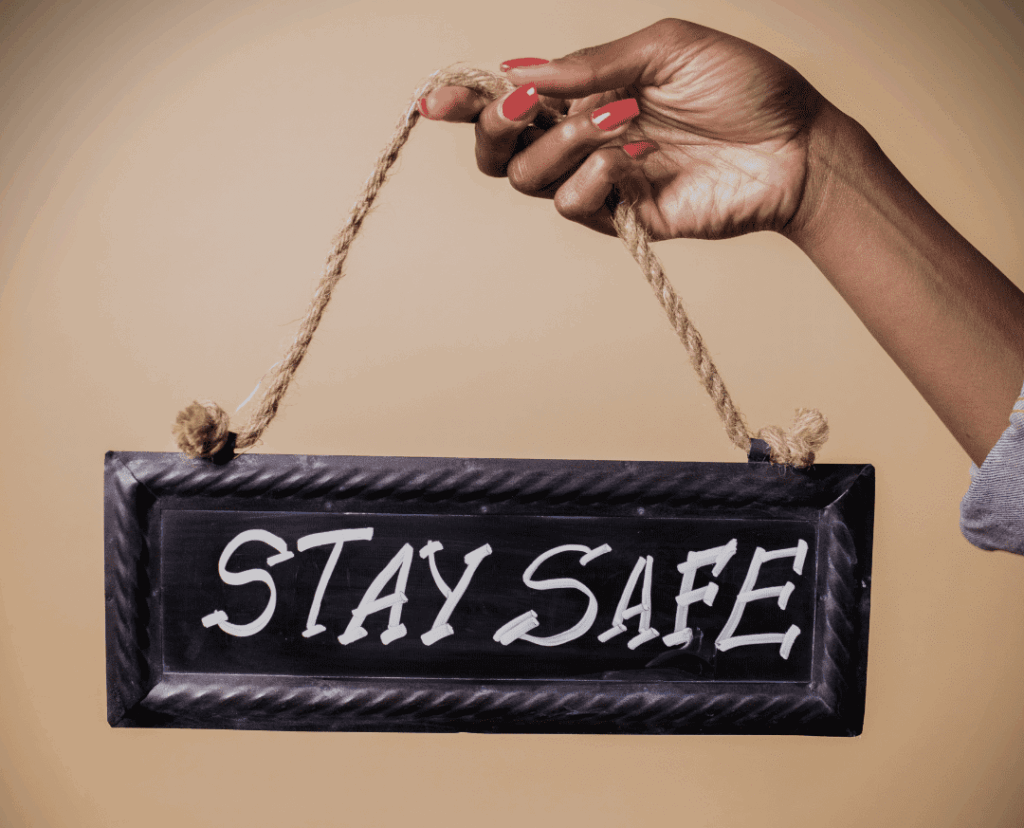By Zaen
Ever wished you had a safe space to retreat to when life feels overwhelming?
Let’s be real, life can feel overwhelming. From the relentless news cycle and personal struggles to the unspoken pressures in our homes, schools, or social circles. It’s easy to feel like there’s nowhere to just breathe.
If you’ve ever found yourself longing for peace in the chaos, you’re not alone.
The good news? You can create your own safe space, both mentally and physically, even if the world around you doesn’t feel safe.
Creating a “safe space” isn’t about escaping reality, but rather building a fortress for your mind and body where you can recharge,
reflect, and feel a sense of security.
What Does a Safe Space Really Mean?
A safe space is more than just a quiet room. It’s any environment where you feel free to be your authentic self without fear of judgment, harm, or pressure.
For some, it’s a cozy corner with candles and soft music. For others, it’s a mental retreat: grounding thoughts, affirmations, or practices that help them feel centered.
This personal sanctuary is crucial for mental and emotional resilience, providing a buffer against the stresses of the outside world.
How to Create Your Own Safe Space
1. Start With Your Mind: Build a Mental Safe Space
Your thoughts are your home. When everything outside feels loud, your inner world can be your most immediate and accessible refuge.
Here’s how to start building it:
● Practice Grounding Techniques: When you feel overwhelmed, grounding brings you back to the present moment. Simple techniques include deep, slow breaths, a body scan to notice physical sensations, or the 5-4-3-2-1 method: name five things you can see, four things you can feel, three things you can hear, two things you can smell, and one thing you can taste.
● Mindfulness and Meditation: Even a few minutes of daily mindfulness can train your brain to observe your thoughts and feelings without getting carried away by them. Guided meditations, many of which are available online or through apps, can specifically walk you through creating and visualizing a mental “safe place” you can return to anytime.
● Control Your Input: Be intentional about the information you consume. While staying informed has its place, constant exposure to distressing news and social media can heighten feelings of anxiety. Curate your news sources, set time limits on apps, and make a conscious effort to seek out content that is uplifting, neutral, or simply brings you joy.
● Journaling as a Release: Writing down your thoughts and fears can be an incredibly powerful therapeutic tool. Journaling provides a private outlet to process emotions, helping to externalize anxieties and gain new perspectives. This act of “brain dumping” can effectively clear mental clutter.
● Embrace Creative Expression: Engaging in creative activities like drawing, painting, writing, playing an instrument, or crafting can be a profound way to process emotions. These activities can induce a state of “flow,” a focused and meditative state that can
redirect your mind from external worries to the act of creation.
● Positive Affirmations and Visualization: Counteract negative thought patterns by regularly affirming your strength and resilience. Repeating phrases like, “I am safe in this moment” or “I have the strength to handle what comes my way” can calm a racing mind.
Complement this with visualization. Vividly imagine your mental safe space, what does it look like, feel like, and sound like? The more detailed your vision, the more potent it will be as a refuge.
2. Create a Physical Space That Nurtures You
Even if you can’t control your entire environment, you can carve out a small pocket of peace
that feels entirely yours.
● Design a Corner of Comfort: This doesn’t have to be an entire room. A comfortable chair by a window, your bed adorned with your favourite pillows, or even a simple mat on the floor can become a dedicated space for rest, meditation, or journaling.
● Use Sensory Comfort: Engage your senses to promote relaxation. Invest in soft blankets, plush pillows, and comfortable seating. Incorporate calming scents like lavender or chamomile through diffusers or candles. Soothing, adjustable lighting, such as dimmable lamps or fairy lights, can also transform the atmosphere.
● Keep Boundaries Sacred: Gently communicate to those you live with that when you are in your designated space, you need uninterrupted time. Setting these boundaries is key to ensuring your sanctuary remains a place of peace.
● Declutter and Organize: A tidy environment can contribute to a clearer mind. The act of decluttering can reduce stress and make your space feel more intentional and inviting.
● Personalize Your Space: Surround yourself with items that evoke joy and comfort. This could be photos of loved ones, meaningful artwork, plants, or cherished mementos. Personal touches infuse the space with positive energy and a sense of belonging.
● Create a Sound Sanctuary: If external noise is a source of stress, consider noise-cancelling headphones, a white noise machine, or creating a playlist of calming music or nature sounds.
● Incorporate Nature: The presence of greenery has a demonstrably calming effect. If possible, bring plants into your space or create a small indoor garden.

3. Build a Community That Feels Like Safety
Sometimes, the safest space is not a place at all, but a person or a group of people.
● Lean into Honest Conversations: True connection is built on vulnerability. Sharing your authentic self with trusted individuals invites emotional safety and strengthens your bonds.
● Choose Relationships That Nourish: Pay attention to how you feel after interacting with people. If someone consistently leaves you feeling drained or invalidated, it may be necessary to redefine that relationship. Nurture connections with those who make you feel understood, supported, and safe. These relationships are a cornerstone of emotional resilience.
Remember: Your Safe Space Is Sacred And You Deserve It
Whether it’s a corner of your bedroom, the pages of your journal, your spiritual practice, or the rhythm of your own breath, creating and maintaining a safe space is an ongoing, deeply personal journey. It is a radical act of self-care and a conscious decision to prioritize your well-being in a world that can often feel overwhelming.
By investing in these physical and mental sanctuaries, you are not hiding from life. Instead, you are building resilience, fostering inner peace, and empowering yourself to navigate life’s uncertainties with greater strength and calm. The world might be chaotic, but within you and around you, there can always be a place to return to.
A space to feel, to heal, and to simply be. Create it. Guard it. And return to it as often as you need.
RECOMMENDATION
If you need help or know someone with their mental health or mental illness, check out the resource page for mental health resources.



